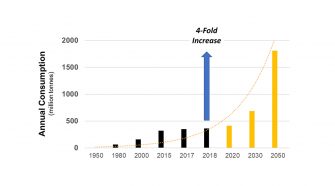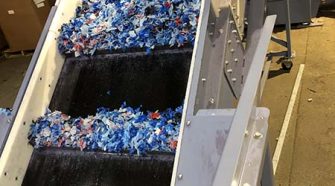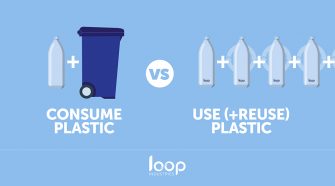Sustainability

The fate of plastics and bio-based fibers
The nonwovens industry supplies a diverse range of products to multiple markets. Many of these products, especially those that target consumers, such as hygiene products and wipes, are largely designed …

Eastman employs molecular recycling to enable the reuse of waste material over & over & over again
Eastman, as part of its commitment to advancing a circular economy, has launched an initiative rooted in the belief that plastic and textile waste can not only be eliminated but …

The textile recycling black hole
New legislative measures aimed at protecting the environment within the European Union are likely to make things extremely difficult for synthetic fiber producers in the coming years. The European Green …

From linearity to circularity – new technologies drive sustainable innovation
With the COVID-19 pandemic continuing to hamper the fiber community with restrictions on travel and public gatherings, the 59th Dornbirn Global Fiber Congress was, for the first time, held virtually. …

How should we handle the plastics in the environment problem?
Environmental footprints are a metric for the measurement of human demand on natural capital. This measurement attempts to consider multiple impacts of an activity rather than focusing on a single …

